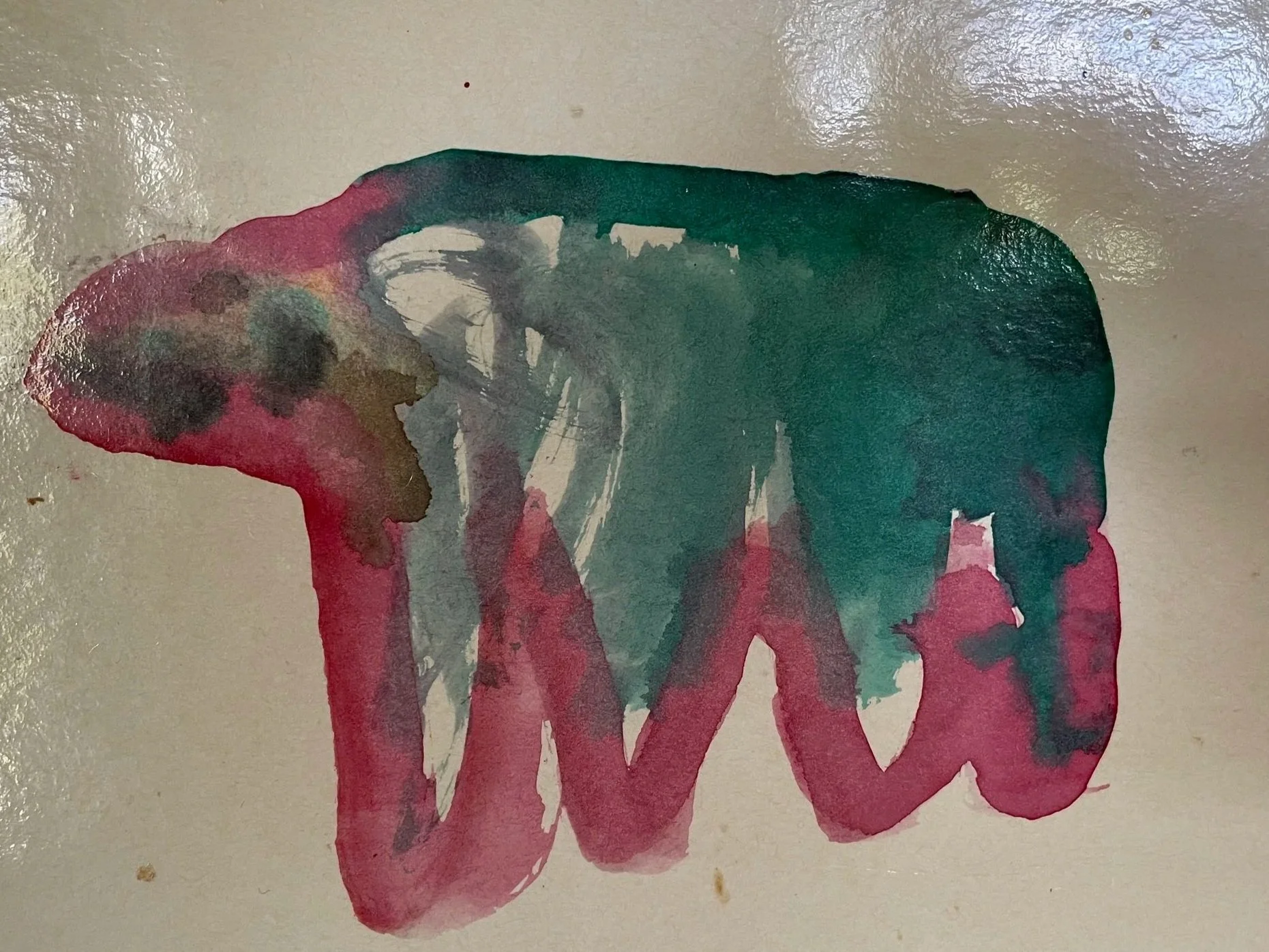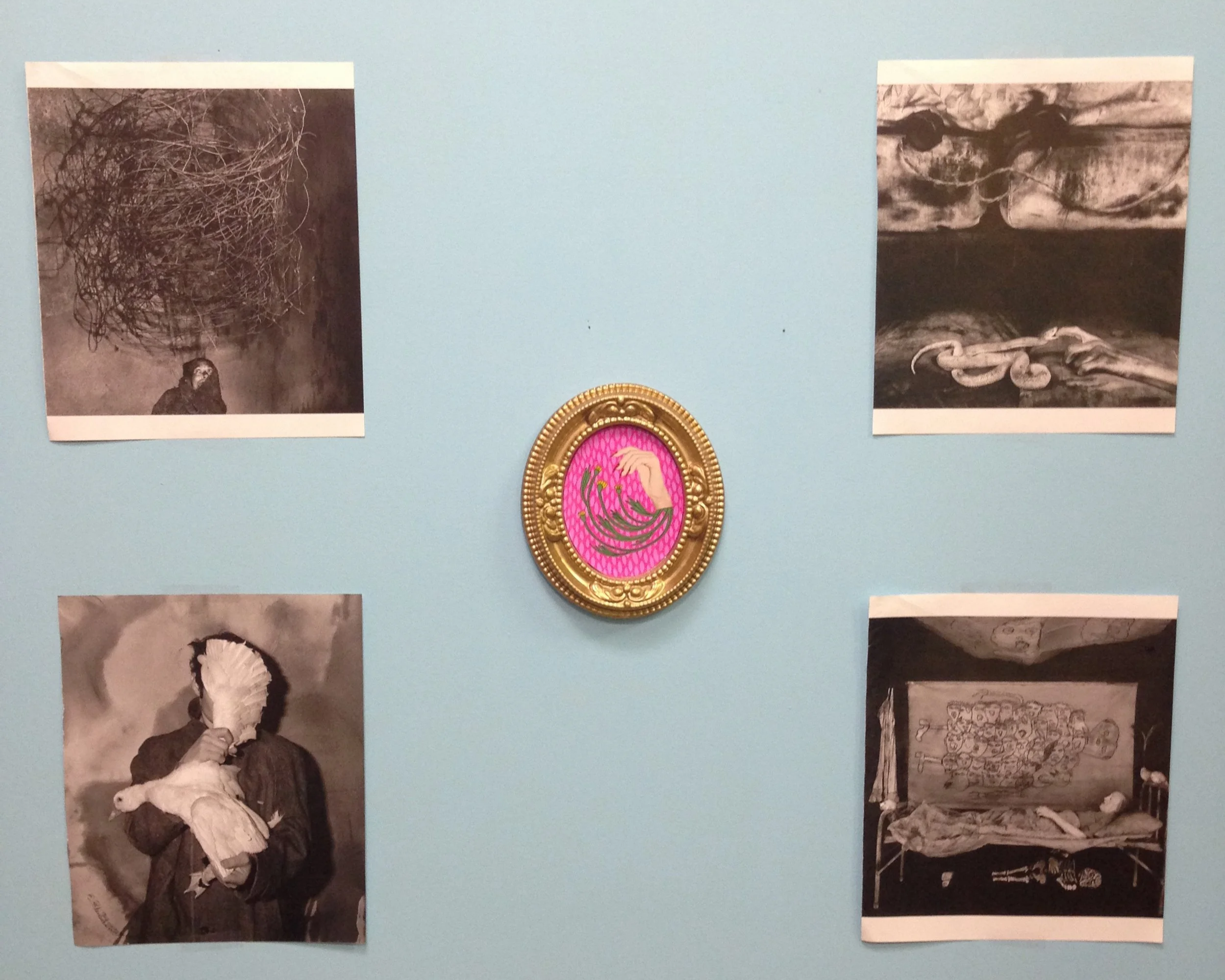ART THERAPY
Art therapy is a therapeutic modality that incorporates all types of art materials into the therapy sessions. Common two dimensional materials are pencils, markers, paints, collage, or photography. More sculptural materials may consist of plaster, clay, wire, or fabric.
Creativity connects our minds and bodies, giving you permission to step outside your typical ways of processing things and access something unknown. Art Therapy utilizes the nonverbal realm of processing, which may make it easier to access difficult feelings or experiences in a less intense way than finding words to describe it all. The art making serves to create a safe container for these thoughts and feelings. The person doing Art Therapy does not have to be an artist or perceive themselves to be creatively inclined whatsoever. This is about the process of making rather than the end product.
WHAT HAPPENS IN AN ART THERAPY SESSION?
During an art therapy session, a good portion of the session will be dedicated to art making. There is time at the beginning to choose which materials to use - art therapy utilizes pretty much any material imaginable. Then, there’s time for our connection and verbal checking in, perhaps some negotiation of what the focus should be. I may provide an explicit directive to consider while you create, or it may be completely open to whatever comes up and out for you through the image making.
Some examples of different directives:
Feelings chart: Using a sheet of paper (at least 8.5x11) and any drawing materials (included color options) - divide into 8 spaces. Within each space, create an abstract drawing (shapes, lines, forms, dots, color fields, etc) that represents each of the following emotions (Fear, Surprise, Loneliness, Shock, Joy, Anger, Disgust, Sadness).
Mask making: Using a blank mask, on the out-facing side, paint an image of how you think other people see you, and on the inside of the mask, paint an image of how you see yourself.
A Letter to Nowhere: Using a piece of heavier paper, on one side write a letter to someone in your life of all the things you wish you could say. On the other side, create an image using magazine images (collage) that represents this card’s meaning. This letter will not be sent - or could be ceremoniously dropped into a mailbox without postage.
Non-Dominant hand drawing
FAQs
Is Art Therapy also covered by my insurance?
Yes, if you have CIGNA, whatever modality we decide to utilize in our therapeutic relationship will be covered by insurance. For those without Cigna, we can work together to see about your out-of-network benefits, including the process of authorizing me to provide care.
Do I have to be an artist or creatively inclined?
Not at all. This is a practice of process, not product. If you’re open to trying it, I will support you to familiarize yourself with any materials that are unknown so that you feel a sense of understanding and capableness. It is in the process of making that you will feel like you’re addressing your therapy goals, feeling connected to your body and mind, and open to see what happens. You’ll surprise yourself.
Will you be analyzing my artwork?
Yes and no. As a trained Art Therapist, I am often noting to myself things such as: how the materials are used (i.e. did the person press so hard on the crayons they all broke while making the work), what the creative content looks like, what does the person say about what they made, etc.
However, these are probably not the important things I will feel I need to share with you. Instead, I’m seeking to understand what your connection is to what you made, how you feel about it, how it connects to the problems we’re working through, etc. I’m not concerned with how much you “like” the thing you made, it’s more important that the piece can become the container, the holding environment, for all your thoughts and feelings about the issue top of mind.
Who benefits from Art Therapy?
Everyone can benefit from Art Therapy. For children, play and creativity are cornerstones in the ways they process their world.


